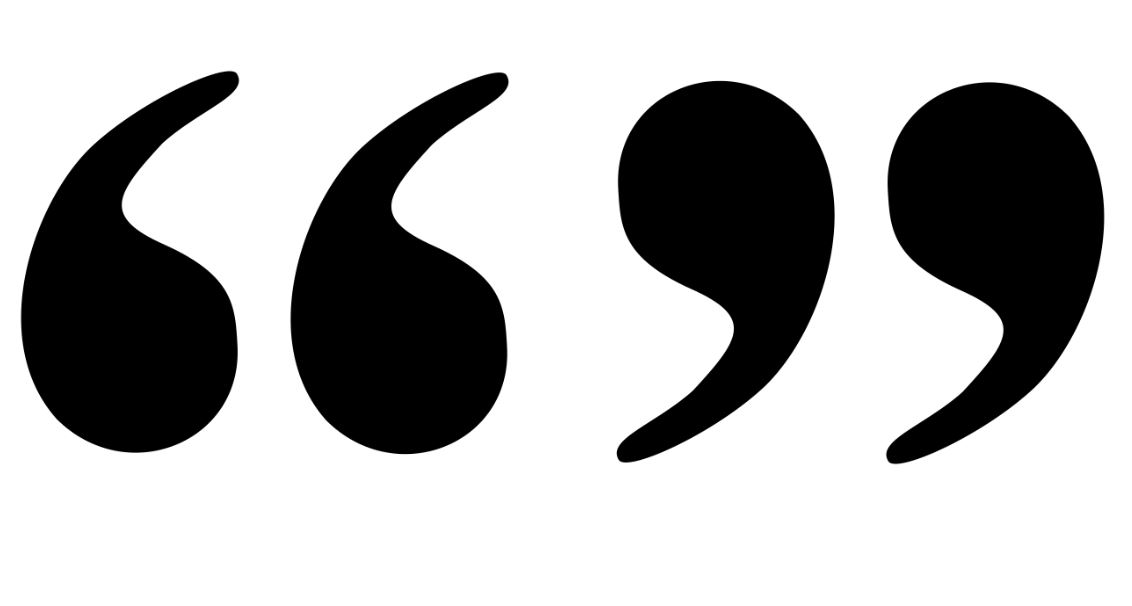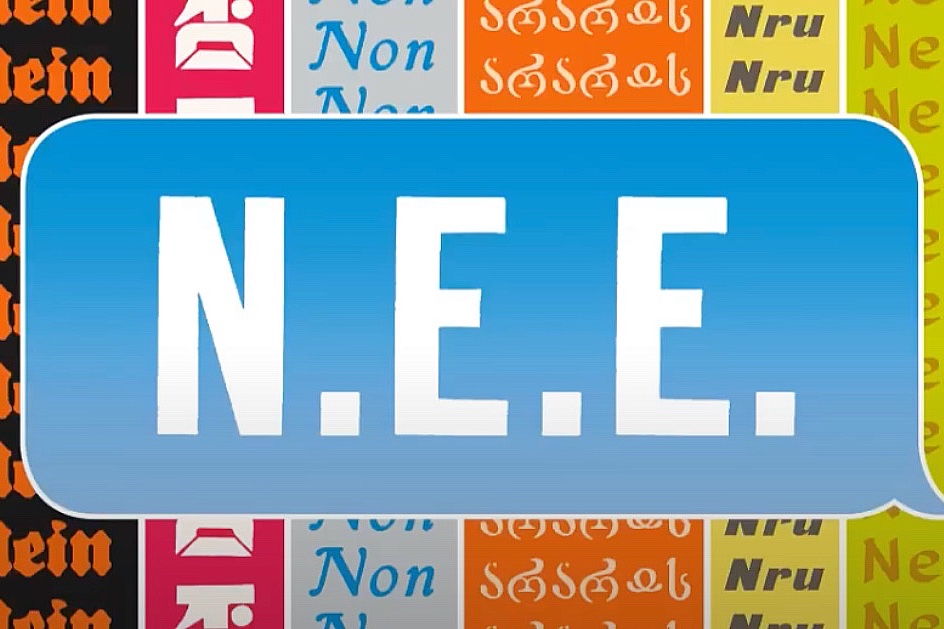I’ve had front-row seats watching AI shake up the life sciences and manufacturing across Europe and the US. At first, I focussed on talking with visionary techhead types. But they soon made it clear that to understand the chaos, I also needed to speak with academics, entrepreneurs, regulators, funders and – most importantly – the end users. AI innovation is all about people: a wildly diverse group of individuals and organisations who must unite to make extraordinary things happen.
Read: 12 things AI tech experts wish everyone knew’
‘How I roll as a writer in the AI tsunami’
Once upon a time, even before everyone talked about COVID instead of GenAI, I started writing about meat-and-potatoes AI. This was when my hometown of Amsterdam began reinventing itself as a hub for all things AI and healthcare. And with the pandemic, I made an almost complete pivot, since my previous specialty was writing about travel and culture, both of which died for a time.
A data sea of potential
I felt blessed with this new beat. I could ask my dumbass questions about all this transformative weirdness to an increasingly diverse group of smart people. In the process, you could say, as those Americans often do, “I drank the Kool-Aid”, which oddly references the Jonestown Massacre when cult followers committed mass suicide by chugging the same poisoned drink. While telling, this phrase goes a bit too far. Let’s say I’ve sipped enough to be a cautious optimist when it comes to AI working to help solve some of our planet’s biggest problems.
Data scientists, as a group, are notably idealistic. They understand they face significant challenges related to technology, usable data, and regulation. They also recognise the immense potential in the patterns that could be discovered within those vast seas of untapped data – patterns that might provide insights into solving medical mysteries and enhancing sustainable practices.
Sparked by the pandemic
COVID was a big bang moment for AI. Suddenly, everyone – governments, hospitals, startups, big pharma – was willing to share data to decrease mortality rates. Unfortunately, few had organised their data enough to share it effectively. Still, there were success stories, especially from the rich data streams from intensive care units.
A pumped healthcare sector began rewriting the future of medicine – and fast. As many said, “Innovation took hold in months when it would have otherwise taken years.”
While there was still endless work ahead, the pandemic sowed the seed for the importance of establishing a unified data infrastructure and getting one’s data house in order – preferably in a FAIR (Findable, Accessible, Interoperable, Reusable) manner.
This crisis-driven collaboration also reflected AI’s true potential – not as a replacement for human expertise, but as a tool to help us solve more problems faster.
It started as a cultish, nerdy affair dominated by Dutch male students (you could tell by their suede shoes and shameless use of hair gel). A few years later, these events evolved into packed houses with the most diverse crowd I’ve ever encountered.
Data + pizza: two great tastes that go great together
Thanks to content agency EdenFrost and via the City of Amsterdam, Amsterdam Science Park, and the Amsterdam Economic Board, I became a roving reporter covering tech and AI innovations in the life sciences. One recurring event that really stood out for me and my learning curve was the monthly Medical Data + Pizza, a networking event that pimped data scientists with medical doctors.
The format was simple: research presentations served as inspiration, and then free pizza was served as the grand networking enabler. While the data scientists were hungry for problems to solve, the doctors were happy to share their overflowing plates of challenges related to improving patient outcomes. Soon, ethicists, startup founders, regulators, and other interested parties joined the party. And so it evolved…
Read: ‘25 times Medical Data + Pizza:
how carbs work to transform healthcare’.
It started as a cultish, nerdy affair dominated by Dutch male students (you could tell by their suede shoes and shameless use of hair gel). A few years later, these events evolved into packed houses with the most diverse crowd I’ve ever encountered. And I’m a fan of diverse crowds (for instance, when you encounter one at a concert, you know the band will probably be amazing).
This vision holds that if you control your kidneys until death, you should also control your personal data in the same way.
The sexy (and European) side of data science
While data science became genuinely sexy, the approach I experienced belonged to the EU – another ultimately diverse crowd (but one that could still use some sexing up).
When it comes to data governance, there are three basic approaches. In China, the state controls the data. In the US, corporations. Europe chose a third path: putting people first. This vision holds that if you control your kidneys until death, you should also control your personal data in the same way.
Yes, the EU way involves many regulations and efforts around privacy, security, and ethical concerns. And yes, some worry this will only slow down innovation. But many argue that the grunt work must come first – especially in healthcare. (And think of what you might save in terms of lawsuits!)
As one of the Data+Pizza founders noted, “In the long run, I think this foundational work will prove beneficial, because you’ll have more support from the public. I don’t think patients are against sharing their data if it helps the next patient. People’s distrust is more directed at the government and policymakers.”
One aimed to build a supercomputer from lab-grown blobs of human brain cells (his students already had two blobs playing Pong against each other) … And so on. Later, things only got stranger faster.
The startup ecosystem – and beyond
Over time, various organizations formed, evolved, or disappeared as the Amsterdam ecosystem matured. Eventually, everything came together under the umbrella of Amsterdam AI, which facilitates data collection and collaboration across the region and with the rest of Europe through organisations like Ellis.
Larger companies such as Elsevier and Phillips also got involved. I started ghostwriting more “thought leadership” pieces that balanced the idea of companies using AI to expand their business goals while also working toward the greater good – often through partnerships with academia and the ever increasing number of startups.
As I gained larger and more international clients, I had the chance to speak with a new range of inspired innovators…
One aimed to build a supercomputer from lab-grown blobs of human brain cells (his students already had two blobs playing Pong against each other)…
Another saved his own life by finding a cure for his incurable disease with an existing generic drug – an approach he’s now scaling with AI…
Yet another was inspired by a fake AI Elvis on America’s Got Talent to apply the same tech to develop an AI-powered digital mouse that is now being used as an alternative to animal testing…
And so on…
Later, with the release of ChatGPT in late 2022 and the unleashing of the GenAI hype cycle, things only got stranger faster.
Fortunately, healthcare solutions are an easy sell: using AI to help cancer patients will always be sexier than, say, using it to boost click-through rates for Booking.com.
The general benefits of being a generalist writing for a general audience
At one point, people started telling me that my journalism background as a committed generalist writing for a general audience has value. Naturally, I loved hearing that. Success in this field means balancing the “triple helix” – rigorous academics who demand solid proof, restless entrepreneurs eager to move fast and break things, and cautious government regulators who must protect public safety. And they all have deliriously different timelines: the academics think in 4-year PhDs, the start-up kids want to ship product in 6 weeks, and the regulators are painfully sensitive to the date of the next election.
Regardless, these wildly different personalities must come together to make the most impact. In other words, they all must be on the same page. While my job can be described as a “communications consultant” or “content strategist”, I see myself more as an in-house journalist/editor. I do my research, talk with different people, sniff out stories, and help determine which stories best bridge these different worlds.
The key isn’t about dumbing down content since this triple helix crowd isn’t dumb. It’s more about removing jargon, subtly embedding definitions, and explaining complex ideas without sounding condescending. The aim is for everyone to read and think, “Hey, this is cool, and I want to be part of it and figure out how to collaborate with all these different people!”
As a bonus, this content may also work to bring the general public up-to-speed with all this pivotal stuff happening right now.
And fortunately, healthcare solutions are an easy sell to most audiences: using AI to help cancer patients will always be cooler than, say, using it to boost click-through rates for Booking.com.
Manufacturing, like Europe, needs “sexing up” to attract talent and investment – and AI has proven to be the perfect aphrodisiac.
From human health to machine health (scaling on diversity)
At the same time, I spent four years working part-time as a blog editor for Augury, a NYC-based company using AI to optimize factory machine performance. I saw it grow from a bootstrapped startup to a scaling unicorn. This shift brought new perspectives: from public/private to purely commercial, from human health to machine health, and from Europe to America. All of this highlighted both different and similar challenges.
Again, I was a sort of in-house journalist seeking interesting stories from AI innovators, C-suite decision-makers, and – as it would turn out, most importantly – plant floor end-users. Once more, I was a happy generalist writing for a broad and varied audience.
And like Europe, manufacturing is another arena that needs sexing up to attract talent and investment – with AI proving to be the perfect aphrodisiac. In addition, by having the AI technology monitoring machines instead of people, this meant bypassing many ethical and privacy issues. Augury could move fast, break things, and deliver customer impact quickly.
As the company expanded, its growth sped up even more through partnerships with much larger firms – like a diverse crowd connecting with even bigger diverse crowds. Ironically, the corporate world started to resemble the EU: complex, bureaucratic, but ultimately capable of making a massive, coordinated impact as long as everyone is on the same page – which, yes, takes some time and effort.
Different worlds, converging challenges
Of course, GenAI’s arrival caused a complete rethink of almost everything and also led to much distraction as people chased the latest trend. I remember about a year after ChatGPT launched, during an edition of Medical Data + Pizza, an American visitor asked a question that stopped the room: “Why isn’t anyone talking about large language models? Is it taboo here?”
He hit a nerve and revealed a tension: while the world obsessed over ChatGPT, healthcare AI practitioners remained focused on explainability, transparency, and reproducibility – regulatory essentials that LLMs couldn’t yet provide. Fortunately, the pizza – the ultimate diplomat – arrived before the group discussion grew overheated.
And today, as LLMs gradually integrate into AI solutions, complexity is increasing across all sectors and regions. Different challenges are converging, creating opportunities for the exchange of ideas and approaches.
In fact, as AI becomes more powerful and widespread, I believe we need more generalists who can connect different specialist worlds, more platforms that bring diverse perspectives, and a stronger commitment to building technology that benefits everyone – not just those who understand how it works.
Meanwhile, the triple-plus helix keeps spinning, the diverse crowds keep growing, and the potential for impact continues to expand. The AI story is only just beginning.
Big wheels of diversity keep spinning
It ultimately comes down to the end-user. Yet, as AI systems grow more complex, these become increasingly difficult to explain to those who need to trust them the most – whether you’re a maintenance engineer on the plant floor, a doctor working in intensive care, or a researcher out to find a cure for a rare disease.
These end-users don’t necessarily need to understand all the inner workings, but they do need to know and feel that it’s making their work lives easier. The only way to do this is not only to “take them on the journey” (a phrase that is too often a polite way of saying “force them to drink the Kool-Aid”) but also to make them the starting point of the journey.
In other words, the triple helix is nothing without the end-users defining the actual problems that need to be solved. Hence, it’s more bottom-up than top-down. It’s less about creating smarter AI and more about creating AI that actually gets used to improve lives. It’s about AI that regular people can appreciate and genuinely participate in shaping.
Meanwhile, the triple-plus helix keeps spinning, the diverse crowds keep growing, and the potential for impact continues to expand. The AI story is only just beginning. And fortunately for me, there seems to be a future for generalists asking the right dumbass questions.
I may have finally found my specialty.
Read more of my adventures in AI land:
‘12 things AI tech experts wish everyone knew’
‘How I roll as a writer in the AI tsunami’.




























































